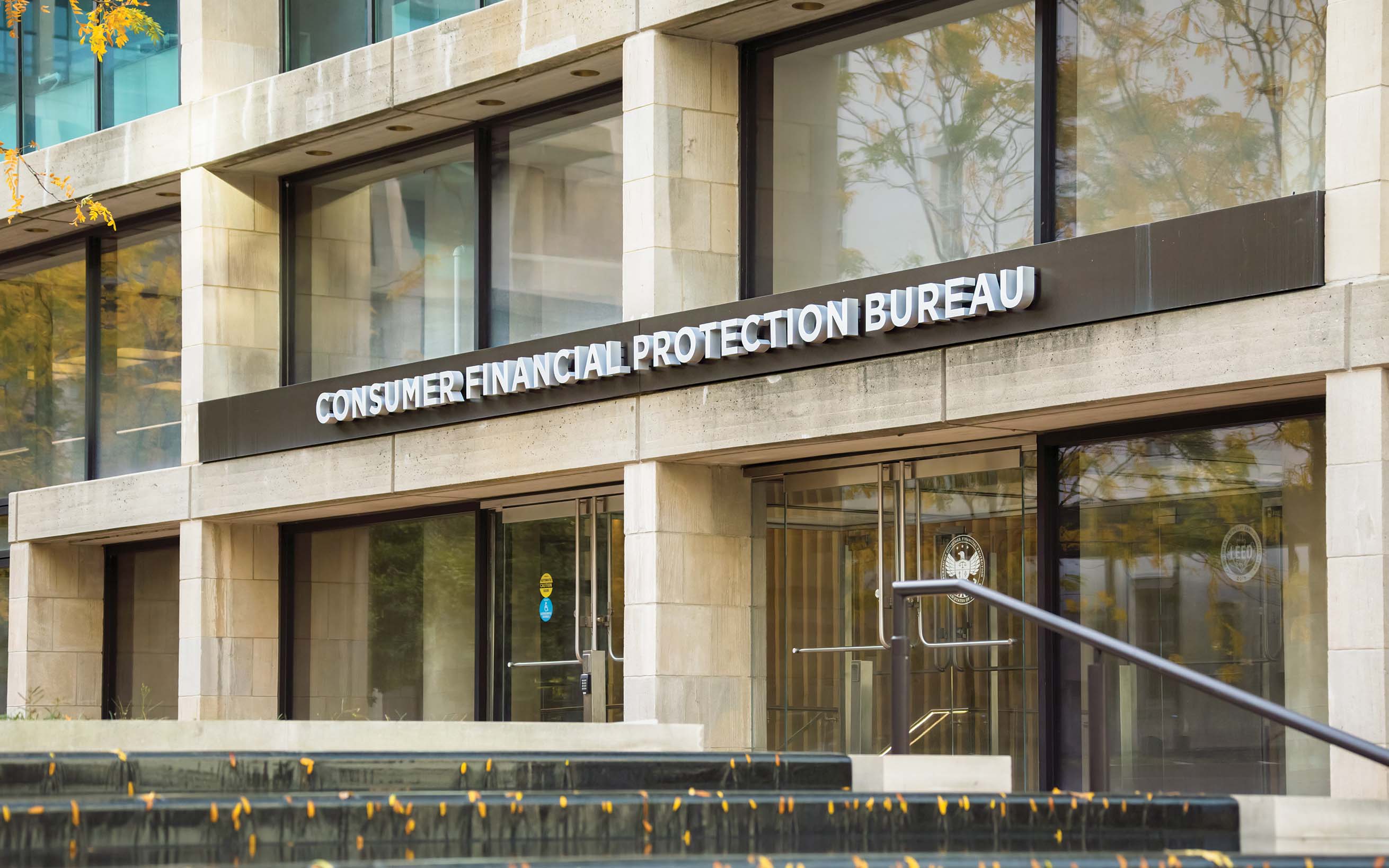Regulators continue to crack down on unfair lending practices and redlining.
Keeping in Line With Equal Lending Practices
July 11, 2024 / By Katie Kuehner-Hebert
Regulators continue to crack down on unfair lending practices and redlining.
Community bankers take note: Banking regulators and the U.S. Justice Department are ramping up scrutiny of possible redlining practices.
Redlining is the practice of not making loans to individuals living in certain neighborhoods based on their race or ethnic origin, which is prohibited under the Fair Housing Act and the Equal Credit Opportunity Act.
In October 2021, the Justice Department launched its Combating Redlining Initiative, the department’s “most aggressive and coordinated enforcement effort to address redlining.”
“Today, we are committing ourselves to addressing modern‑day redlining by making far more robust use of our fair lending authorities,” U.S. attorney general Merrick B. Garland said when the initiative was announced.
He continued, “We will spare no resource to ensure that federal fair lending laws are vigorously enforced and that financial institutions provide equal opportunity for every American to obtain credit.”
Increase in scrutiny
To date, the Justice Department has secured more than $122 million in relief for communities across the country through numerous redlining settlements with banks and mortgage lenders.

ICBA is also aware of examiners significantly increasing their investigation of potential fair lending and redlining violations during exams, says Mickey Marshall, ICBA assistant vice president and regulatory counsel.
“The cases being referred to the DOJ now are more ‘edge’ cases that may not have been referred in the past, as the agencies are casting a very broad net,” Marshall says.
Historically, regulators concerned with redlining would examine an institution’s lending practices primarily in neighborhoods where minorities constitute a majority of the population, he says.
Now, however, regulators are extending their scrutiny to also include census tracts that have a significant minority population—say a 30% Hispanic population or a 25% Black population—even though minorities don’t represent a majority of that neighborhood.
Under fair lending laws, disparate treatment in such neighborhoods can be proven by indirect evidence, Marshall says. Agencies can examine the rates of approval in areas that have substantial racial or national origin character, versus areas that are majority white. And with that comparative analysis, they can prove a disparate treatment violation.
Regulators have also extended the geographical area in which they assess a bank’s lending practices, termed as its “reasonably estimated market area [REMA],” he says. In the past, regulators have deferred to a bank’s CRA assessment area as its REMA, but now regulators are defining it more broadly, either as an entire county or an entire metropolitan statistical area.
“So just be aware of what area might be designated as your REMA based on where you’re doing your lending,” Marshall says. “Then, plot both loan application and origination data on a map of your REMA and see if there are areas where you’re not doing a lot of activity. If so, do those areas have a racial or national origin character? If so, you may have a violation.”
ICBA guidance for redlining risk
More from ICBA
Find ICBA’s Identifying and Addressing Redlining Risk guide at icba.org/all-products/product-details/redlining-risk
Marshall has developed a guide for ICBA members, Identifying and Addressing Redlining Risk, that details the types of discrimination claims that banks can face and what they can do to protect themselves from redlining violations.
If a community bank finds that it has a relatively low number of loans and applications in a certain area, it should consider if it has policies or practices that lead to this disparity and whether it can implement any changes to increase lending volume in those areas, the guide says.
Banks need to assess their marketing materials to guarantee they are not excluding areas with a racial or national origin character. Specifically, banks should ensure that all forms of targeted marketing, whether digital or through physical mail, include majority-minority areas to avoid potential redlining violations.
Consider an SPCP
Banks should also ensure that their advertising content is designed to attract a wide range of applicants and does not appear to exclude certain racial or national groups, Marshall writes in the ICBA guide.
If a bank observes insufficient lending in majority-minority areas, it may be necessary to actively market to those regions to increase loan volume. However, community banks must also avoid disproportionately offering less-favorable loan terms or higher interest rate products in majority‑minority areas, as this would therefore be seen as “reverse redlining.”
Banks looking to proactively increase lending in majority-minority areas may consider creating a special purpose credit program (SPCP), Marshall writes. Typically, treating a group differently based on a prohibited characteristic constitutes disparate treatment, but it may be allowable with an SPCP intended to mitigate the economic disadvantages of some groups.
The suitability of an SPCP depends on a bank’s individual circumstances. Banks should consult legal counsel to evaluate the risks and opportunities associated with implementing such a program.
Subscribe now
Sign up for the Independent Banker newsletter to receive twice-monthly emails about new issues and must-read content you might have missed.
Sponsored Content
Featured Webinars
Join ICBA Community
Interested in discussing this and other topics? Network with and learn from your peers with the app designed for community bankers.
Subscribe Today
Sign up for Independent Banker eNews to receive twice-monthly emails that alert you when a new issue drops and highlight must-read content you might have missed.
News Watch Today

Join the Conversation with ICBA Community
ICBA Community is an online platform led by community bankers to foster connections, collaborations, and discussions on industry news, best practices, and regulations, while promoting networking, mentorship, and member feedback to guide future initiatives.













